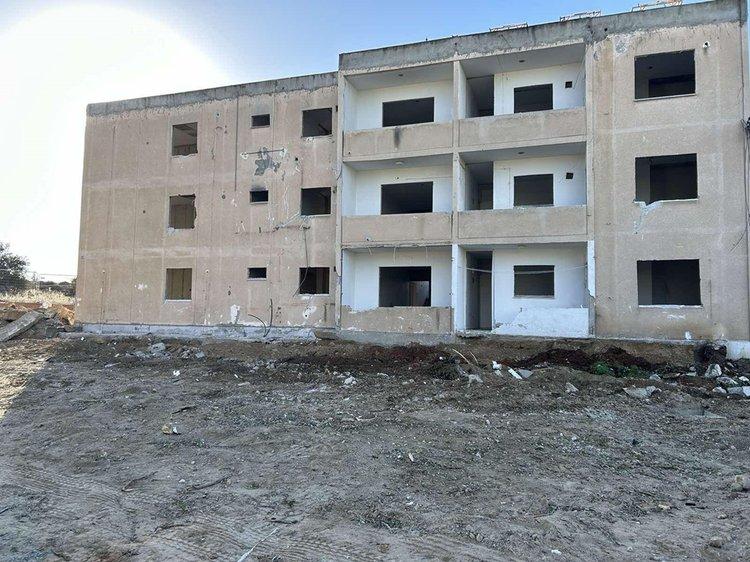The program of assistance to residents of emergency homes in Cyprus "ktiZO" has moved into an active phase of implementation.
This was announced by the Minister of Interior of Cyprus Constantinos Ioannou.
73% of the beneficiaries of the "Ktizo" program have expressed interest in receiving new apartments. Most of them are owners of 20 apartment buildings that have been recognized as dangerous and subject to demolition. Ioannou mentioned that the number of people who wanted to receive cash payments for their apartments instead of new properties was minimal. Among other things, after the demolition of two emergency buildings in the municipality of Latsia in Nicosia, the competent services have started to search for a contractor who will undertake the demolition of high-rise buildings in the neighborhood of Strovolos. According to Ioannou, the work is progressing at a rapid pace.
The minister also said that:
- 150 beneficiaries have applied for rent subsidy;
- 270 beneficiaries have expressed interest in purchasing a new apartment under the new project;
- 19 beneficiaries have opted out of the government program;
- 81 applications are still under consideration by the agency.

The "ktiZO" program covers a total of 358 buildings with 3128 apartments in Nicosia, Limassol, and Larnaca.
Of these, 43 have been classified as having critical problems with stability and building structure. They will be demolished and replaced by new buildings over three and a half years. A further 70 buildings have stability problems in several structural elements and 245 buildings have less critical deficiencies. These two groups of buildings will be renovated, they will not be demolished.
The renovation program will take 10 years. The first step involves evacuating residents from 43 of the most dangerous residential complexes and paying them a subsidy. People were offered a choice of two options:
- To move temporarily to another place, and then get an apartment in a new house built on the site of their demolished complex, or
- To receive a lump sum compensation from the state for their real estate and their share of the land plot.
The "ktiZO" program divides beneficiaries into three categories:
Category 1 includes first-generation refugees, as well as second-, third-, and fourth-generation refugees who inherited emergency properties if they have a housing title.
Category 2 includes those refugees who bought properties in housing complexes with money allocated to them by the state.
Category 3 includes residents who bought an apartment from refugees.
Residents of emergency housing who decide not to receive an apartment in a house built in place of the demolished one can claim compensation, the amount of which depends on the cadastral value of the property and land. If the emergency house is to be repaired rather than demolished, the state will cover these costs.
